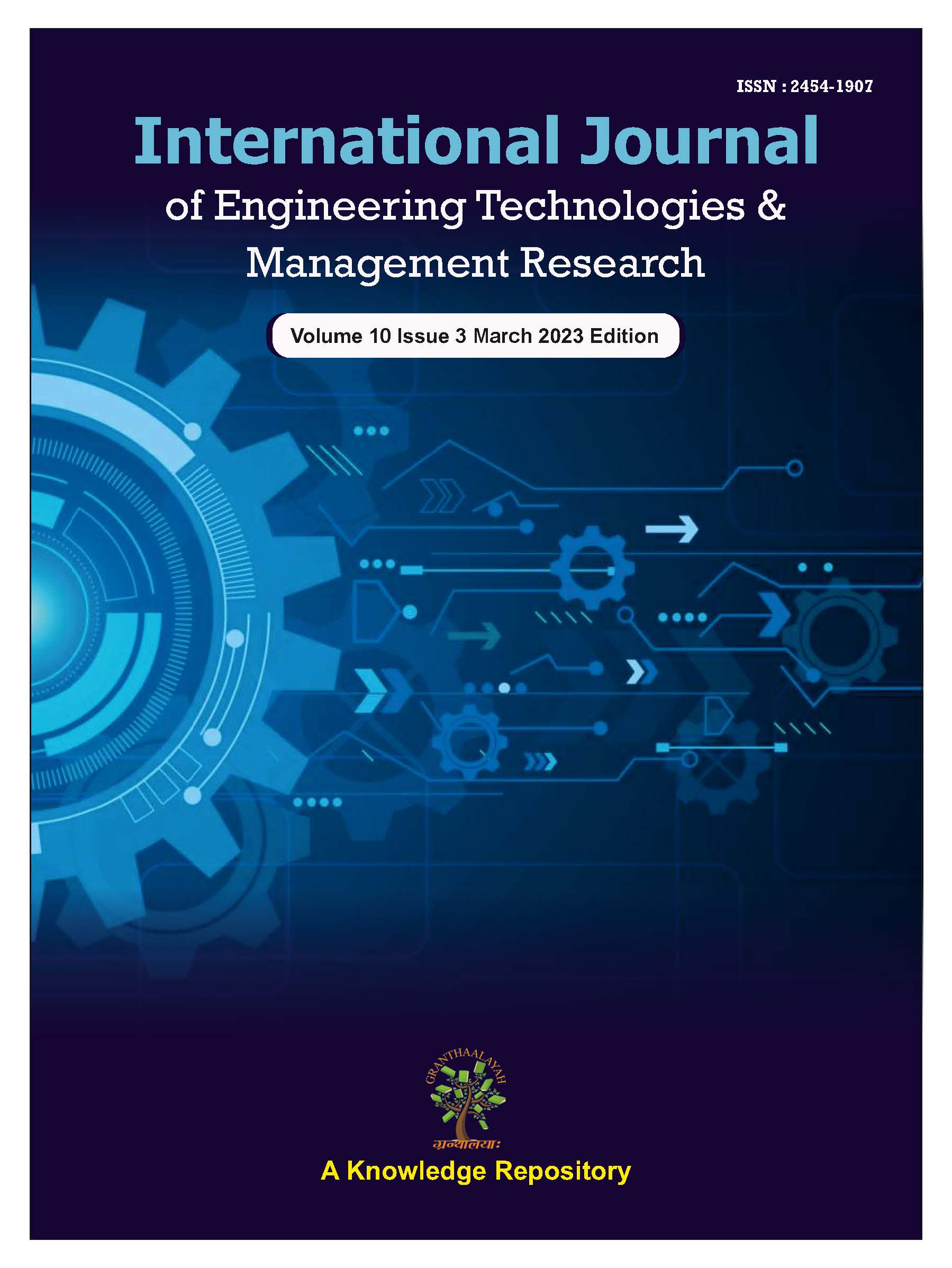JOB SAFETY ANALYSIS (JSA) OF PILE FOUNDATION WORK AT PURBALINGGA MULTIPURPOSE BUILDING CONSTRUCTION PROJECT
DOI:
https://doi.org/10.29121/ijetmr.v10.i3.2023.1292Keywords:
Job, Safety Analysis, PileAbstract
Construction project is a project that involved many parties and consist of various work items that must be executed. In most cases the executed work items has possibilities of danger and risk that threatening the worker's health and safety. This study was carried out using Job Safety Analysis on pile foundation work of a building and executed by direct interview and field observation. The result is that from 4 primary steps of pile foundation work there are indications of 10 dangers and 15 risks that may be experienced by the workers. Preventive and control measures can be carried out to anticipate the danger and risk potential by involving the stakeholders of pile foundation work execution.
Downloads
References
Amanda, A. (2022). Job Safety Analysis (JSA) Konkstruksi Basement Pada Proyek Pembangunan Gedung B Rumah Sakit Umum Muhammadiyah Metro Provinsi Lampung. Jurnal Rekayasa Teknologi dan Sains, 6(1).
Dannyanti, E. (2010). Optimalisasi Pelaksanaan Proyek dengan Metode PERT dan CPM (Studi Kasus Twin Tower Building Pasca Sarjana Undip), Tugas Akhir.
Notoatmodjo (2007). Promosi Kesehatan dan Ilmu Perilaku, Rineka Cipta, Jakarta.
Nuha, U., and Efendi, R. (2020). Analisis Tingkat Risiko Keselamatan dan Kesehatan Kerja (K3) pada Proyek Pembangunan Gedung Kampus Institut Teknologi Telkom Purwokerto PT. Sandhy Putra Makmur. Science and Angineering National Seminar 5 (SENS 5), Semarang.
Peraturan Pemerintah (2002). Tentang Peraturan Pelaksanaan Undang-Undang Nomor 28 Tahun 2002 tentang Bangunan Gedung. Pemerintah Pusat.
Peraturan Perundang-undangan (2014). Peraturan Menteri Pekerjaan Umum dan Perumahan Rakyat No. 05/PRT/M/2014 tentang Pedoman Sistem Manajemen Keselamatan dan Kesehatan Kerja (SMK3) Konstruksi Bidang Pekerjaan Umum.
Prabowo, D. A. (2021). Analisis Pencegahan Kecelakaan Kerja Pada Pekerjaan Finishing Pasangan Dinding Berdasarkan Metode Job Safety Analysis (JSA). Tugas Akhir. UII. Yogyakarta.
Sandyavitri, A. (2009). Manajemen Resiko di Proyek Kosntruksi. Media Komunikasi Teknik Sipil, 17(1), 23-38. https://doi.org/10.14710/mkts.v17i1.3419.
Published
How to Cite
Issue
Section
License
Copyright (c) 2023 Taufik Dwi Laksono, Dwi Sri Wiyanti

This work is licensed under a Creative Commons Attribution 4.0 International License.
License and Copyright Agreement
In submitting the manuscript to the journal, the authors certify that:
- They are authorized by their co-authors to enter into these arrangements.
- The work described has not been formally published before, except in the form of an abstract or as part of a published lecture, review, thesis, or overlay journal.
- That it is not under consideration for publication elsewhere.
- That its release has been approved by all the author(s) and by the responsible authorities – tacitly or explicitly – of the institutes where the work has been carried out.
- They secure the right to reproduce any material that has already been published or copyrighted elsewhere.
- They agree to the following license and copyright agreement.
Copyright
Authors who publish with International Journal of Engineering Technologies and Management Research agree to the following terms:
- Authors retain copyright and grant the journal right of first publication with the work simultaneously licensed under a Creative Commons Attribution License (CC BY-SA 4.0) that allows others to share the work with an acknowledgment of the work's authorship and initial publication in this journal.
- Authors can enter into separate, additional contractual arrangements for the non-exclusive distribution of the journal's published version of the work (e.g., post it to an institutional repository or edit it in a book), with an acknowledgment of its initial publication in this journal.
- Authors are permitted and encouraged to post their work online (e.g., in institutional repositories or on their website) before and during the submission process, as it can lead to productive exchanges, as well as earlier and greater citation of published work.
For More info, please visit CopyRight Section






























